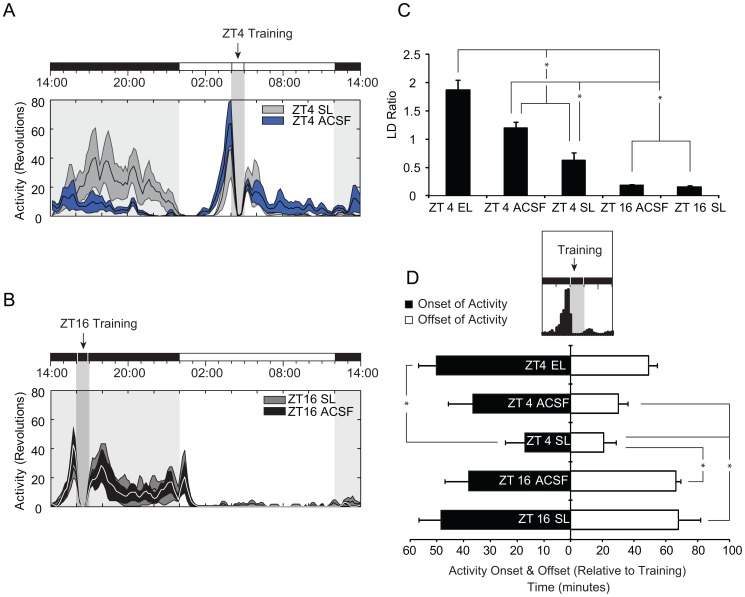Figure 4. Mean activity and phase synchrony for SAT trained animals by treatment group.
( A ) 24 hour binned average of ZT4 trained animals. SAT training (ZT4) is relative to the topmost LD bar (where dark bar = lights-off). The shaded column represents the task training period where daily water is available including the approximate 40 min SAT session in which animals are absent from their home cages and the 20 minute free water period that follows training. The X-axis is plotted in zeitgeber time (ZT) and y-axis represents wheel revolutions with activity grouped into 10 min bins. Mean histograms are taken from the last 10 days of SAT training before entering constant conditions. ZT4 IgG-saporin lesioned - SL (light gray), and ZT4 ACSF controls (blue) mean averages are plotted ± SEM (shading). ( B ) 24 hour binned average of ZT16 trained animals. Training is relative to the topmost LD bar and the shaded column represents the SAT training period in which animals are absent from their home cages. ZT16 SL (dark gray), and ZT16 controls (black) mean averages are plotted ± SEM (shading). (C ) Mean Light-Dark (LD) activity ratios from final 10 days of training on the SAT ± SEM (* = p<0.05). LD ratio is calculated by taking the number of 10-min bins of activity during the light-phase and dividing by the number of 10-min bins of activity during the dark-phase with LD activity ratios less than 1.0 indicative of nocturnal behavior. ZT4 electrolytic-lesioned (EL) animals show an LD ratio significantly higher than all other treatments. ZT4 controls also differed significantly from ZT4 SL animals and animals that trained at ZT16. ( D ) Mean phase relationship between onset and offset of locomotor activity and time of sustained attention task (SAT) training. Activity onset and offset in minutes relative to training is plotted for each condition (minutes ± SEM; * = p<0.05).

